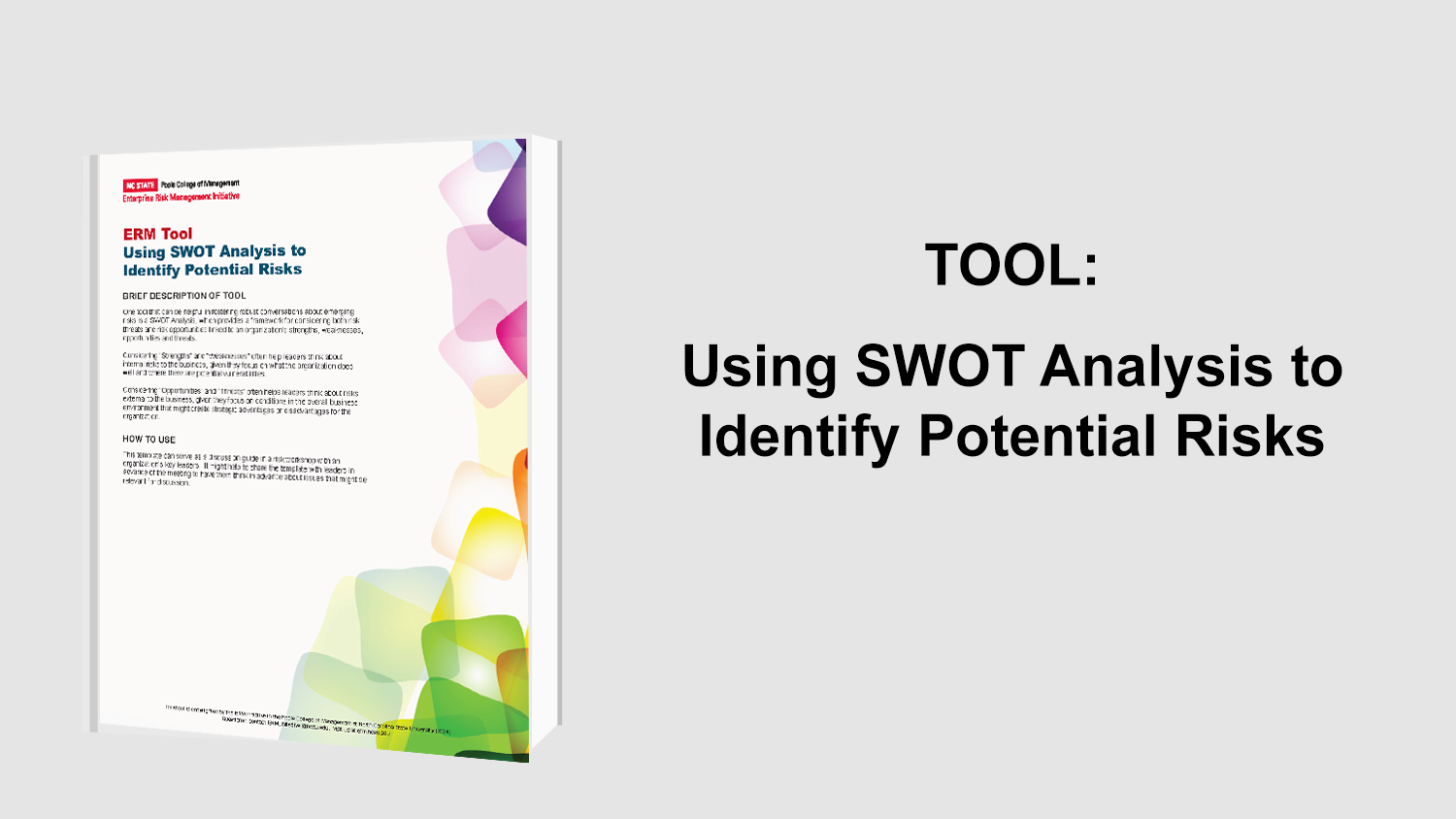Linking Governance to Strategy
The capabilities, skills, and responsibilities required of finance professionals have changed markedly over the last decade. Finance experts are expected to support strategic decision-making, operation efficiency, and value creation. Solid accounting skills have to be matched with knowledge of the business, leadership abilities, and management expertise. The Sarbanes-Oxley Act of 2002 introduced new responsibilities for financial reporting and new requirements for internal controls. These emerging issues and responsibilities call for the redefinition of the role of the finance organization in the governance process.
Using the case of GE Oil & Gas, this report, authored by Mark L. Frigo and others, suggests direct involvement of finance professionals in linking corporate governance and strategy execution. This can be done by playing an active role in translating governance principles into strategic decision-making and strategic performance management systems. These results could be generalized to the entire GE organization, not just Oil & Gas.
Compliance is not enough for effective governance. Corporations must implement effective business policies and long-term objectives that represent the scope of good governance. These policies and objectives should provide the structure through which the company sets goals, the strategy for attaining those goals, and the guidelines for monitoring performance. Boards of directors should be more involved in strategic planning rather than strategy ratification and monitoring management behavior. Corporate governance can thus influence organizational performance because it influences the strategic management of an organization.
Several professional accounting bodies have addressed the need for a strategic perspective in corporate governance, in such documents as, “Enterprise Governance, Getting the Balance Right” published by CIMA and IFAC and prepared by IFAC’s Professional Accountants in Business Committee. This document defines enterprise governance as, “…Responsibilities and practices exercised by the board and executive management … [to] provide strategic direction …” Conformance to rules is only one element of overall enterprise governance. Another element is performance based on strategy and value creation, which includes understanding the entity’s risk appetite.
GE Oil & Gas, part of the multinational giant GE, is a group of eight companies specializing in the supply of products and services for the oil and gas industry and offering integrated solutions for applications in all segments of the industry from wellhead to consumer.
GE’s “Controllership Initiative”
GE’s “Controllership Initiative” is the core program that GE top management developed to use during the last 10 years to establish a business culture devoted to achieving high levels of performance with integrity. The principles and rules are in a booklet that is delivered to every GE employee outlining GE’s policies and procedures surrounding ethics, integrity, and performance measurement. Consultant, agents, and independent contractors are held to the same standards of integrity. This initiative plays a key role in corporate governance in GE. Controllership aims at greater transparency and accuracy in financial management, as well as enforcing senior management accountability. The key outputs of the initiative are compliance with applicable laws, regulations, and company policies, integrity in communications, and rigorous processes in terms of performance measurement, communication, and knowledge sharing.
Linking Controllership with Strategy and Budgeting
The Controllership Initiative helps broaden the ability of Finance and Operations to collaborate in understanding the risks involved in the business as well as the potential opportunities that may arise. The GE annual business planning process has three phases:
- The Growth Playbook (GPB) – starts at the corporate level with meetings between executives and senior teams. Involves the assessment of the business’ strategic position, including market trends, competitor moves, and customer behavior
- Session II – the foundation of the following year’s budget is drafted in terms of project targets as well as sales and contribution margin estimates
- The Operating Plan – a quarter-by-quarter revision of Session II, leading to an approved budget for the new year
The Growth Playbook helps management understand key trends in the market, including risks and opportunities of specific business decisions, and incorporate those as part of is overall strategy planning for the next three to four years. The finance organization plays a major role in operationalizing the Controllership framework with GE Oil & Gas. A section called Financial Planning and Analysis (FP&A) and a task force of divisional managers play an important role in executing Controllership in daily operations. The FP&A relies on metrics such as contribution margin, operating margins, cash flow, and all key financial measures to provide CFOs, CEOs, and the board of directors with accurate information in terms of business risks and opportunities to make proper strategic and operating decisions (GPB and Session II) as well as monitor the execution of current strategies.
The Case of GE Oil & Gas provides a snapshot of the processes through which governance is linked to strategic decision-making and strategy implementation. Linking governance to strategy requires governance principles to be diffused across and organization and to be enacted through daily operations. The finance organization can play a pivotal role as an access point to a shared language of measurement that draws on accurate financial accounting and reporting to:
- collect and communicate the relevant performance of the business
- ensure that business operations are aligned with the vision of the board
Click below to download full article.
Original Source Article: “Linking Governance to Strategy: The Role of the Finance Organization,” Gale, September 2007
- Types:


